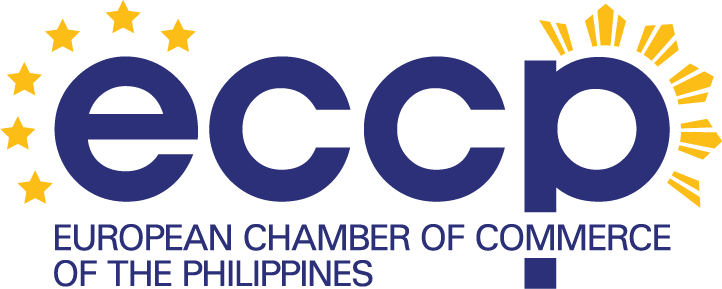
Mindanao Talks: Revisiting the Struggling Salt Industry in the Philippines
Salt is one of the oldest commodities produced, traded, and consumed in the Philippines. Prior to any colonial influences, a long history of indigenous salt making already existed. Currently, salt-making processes in the Philippines are accomplished mostly using solar energy and the collection of seawater from the sea to shallow ponds. At some point, salt production in the country was nearly self-sufficient. In the early 1990s, major salt producers from provinces like Bulacan, Pangasinan, Occidental Mindoro, and Cavite were able to provide 85% of the country's annual salt demands, whereas only 15% came from imports. However, by the year 2000, the supply had reduced dramatically due to a variety of factors. Since the Philippines' salt industries were heavily reliant on the natural process of solar evaporation, changes in weather patterns due to climate change adversely impacted the production cycle. As local production of salt declined, salt imports rose. Currently, only 10% of the country's salt is produced domestically; the remaining 90% is imported from other major salt-producing countries like Australia and China. Evidently, the current state of the Philippine salt sector today displays a stark contrast to what it once was. This implies the need to revitalize the dying salt industry.
In order to discuss this relevant topic in this given time, ECCP will be hosting another segment of "Mindanao Talks: Revisiting the Struggling Salt Industry in the Philippines" on 14 November 2022 from 2:00 PM to 4:00 PM (GMT +8), via Zoom. This forum will gather stakeholders both from the public and private sectors to discuss the impact on the salt crisis to the different industries. Local salt producers need, now more than ever, the government's unwavering support to ensure effective marketing and long-term salt production.

